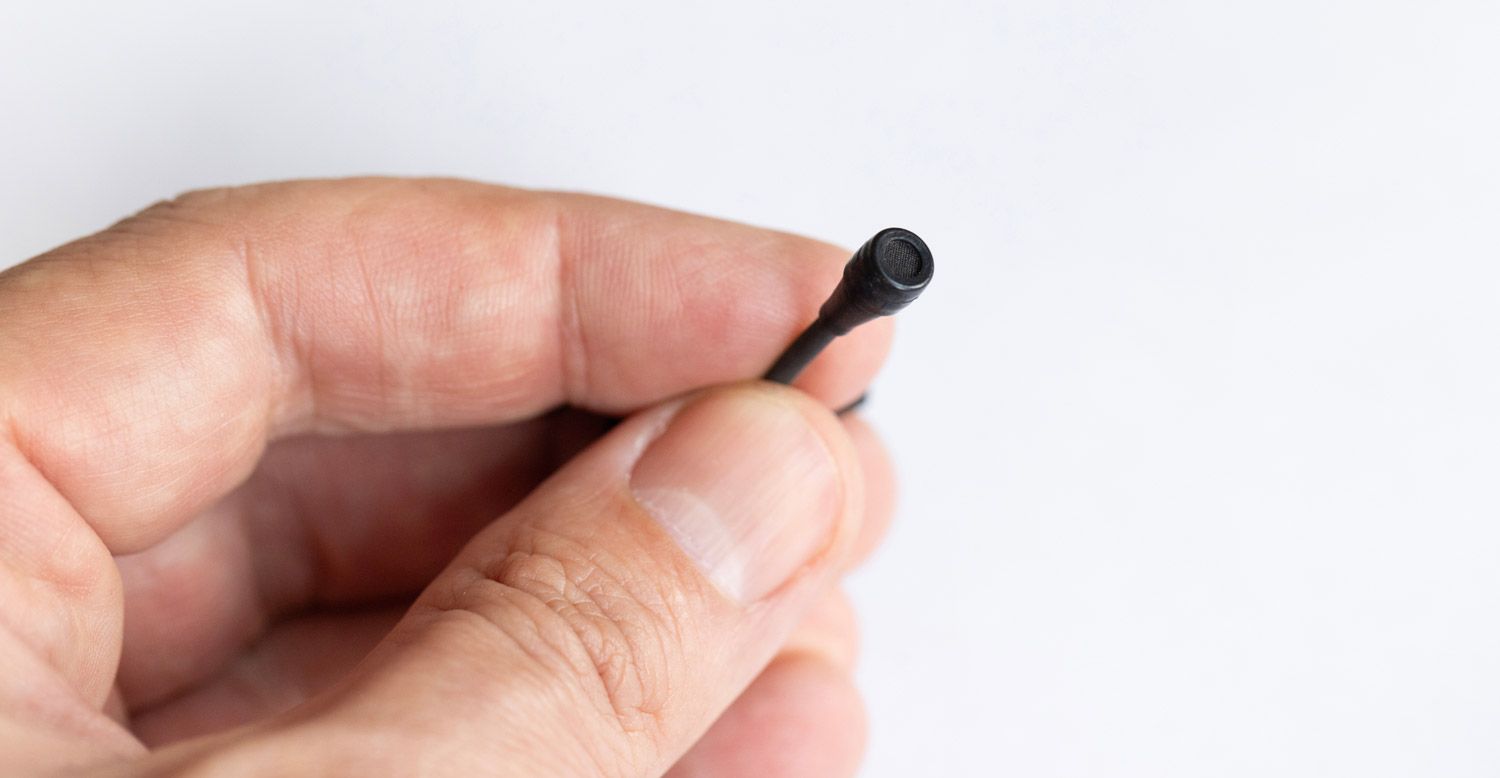The Official Barefoot Professional Investigations Blog
An Essential Guide For Personal Investigation Tips, News, Trends, and More
Listening Devices: How Private Investigators Detect Hidden Surveillance Tools

In today’s digital world, protecting personal and professional privacy is more critical than ever. One growing concern is the use of listening devices—small, often hidden tools that can secretly record private conversations in homes, offices, and vehicles.
At Barefoot Professional Investigations, we help individuals, attorneys, and businesses detect and neutralize covert surveillance threats with our surveillance services. Understanding how private investigators detect hidden listening devices is essential for safeguarding confidential information and maintaining peace of mind.
What Are Listening Devices?
Listening devices, often referred to as audio bugs or wiretaps, are electronic tools designed to capture conversations without the subject's knowledge. These devices can be installed in everyday items such as:
- Smoke detectors
- USB chargers
- Lamps or electrical outlets
- Vehicle dashboards
While some are passive recorders, others transmit audio in real-time to a remote listener. Regardless of how they operate, unauthorized surveillance poses serious ethical and legal concerns.
How Private Investigators Detect Listening Devices
1. Visual Inspections and Physical Sweeps
The first step in any technical surveillance countermeasure (TSCM) sweep is a detailed visual inspection. Investigators look for signs of tampering or out-of-place items—clues that may suggest hidden surveillance equipment.
2. RF (Radio Frequency) Detection
Many listening devices emit radio frequencies when transmitting audio. Private investigators use RF detectors to identify suspicious transmissions, even those occurring intermittently or on obscure frequencies.
3. Non-Linear Junction Detection (NLJD)
NLJD equipment helps locate electronic circuits—even when the device is turned off. This is particularly useful in detecting bugs hidden inside walls, furniture, or vehicles.
4. Thermal Imaging
Some listening devices generate heat when in use. Thermal cameras allow investigators to spot temperature anomalies in areas where no heat should be present.
5. Acoustic and Ultrasonic Analysis
Specialized tools can detect changes in ambient sound or ultrasonic feedback caused by hidden microphones. These methods help locate passive recorders or wired systems that don’t emit signals.
Signs You May Be Under Surveillance
If you suspect your conversations are being monitored, here are some red flags to watch for:
- Buzzing or clicking sounds during phone calls
- Batteries on devices draining faster than normal
- Unfamiliar objects appearing in your space
- Confidential information leaking unexpectedly
- People arriving at odd times or acting on private knowledge
These indicators don’t confirm surveillance, but they’re strong enough to warrant a professional investigation.
What To Do If You Suspect a Listening Device
- Avoid confronting the situation in the suspected area.
- Leave the space and avoid using your phone near it.
- Contact a professional investigator immediately.
- Do not attempt to locate or disable the device yourself.
Attempting a DIY sweep can be ineffective—and may alert the person monitoring you.
Frequently Asked Questions About Listening Devices
1. Are listening devices illegal?
Yes—placing a device to record someone without consent is illegal, especially in private spaces.
2. How common are hidden listening devices?
With the rise of cheap surveillance tools online, these devices are becoming more common—especially in business espionage and domestic disputes.
3. Can I detect a bug with my phone?
Some apps claim to detect bugs, but they are unreliable. Professional detection requires tools like NLJD and RF spectrum analyzers.
4. How much does a bug sweep cost?
Cost varies depending on the size and complexity of the location. At Barefoot PI, we provide customized, confidential quotes based on your needs.
Trust Barefoot PI to Protect Your Privacy
If you're concerned about surveillance or suspect the presence of hidden listening devices, don’t leave your privacy to chance. At Barefoot Professional Investigations, we use industry-leading tools and experience to keep your space secure. Contact us today to schedule a professional bug sweep and take the first step toward peace of mind.
Schedule a Consultation
Charlotte, NC Office
1011 East Morehead Street, Suite 110
Charlotte, NC 28204
Columbia, SC Office
1122 Lady Street, Suite 238
Columbia, SC 29201
Complete the form below, and one of our experts will contact you as soon as possible.
Contact Us
We will get back to you as soon as possible
Please try again later
